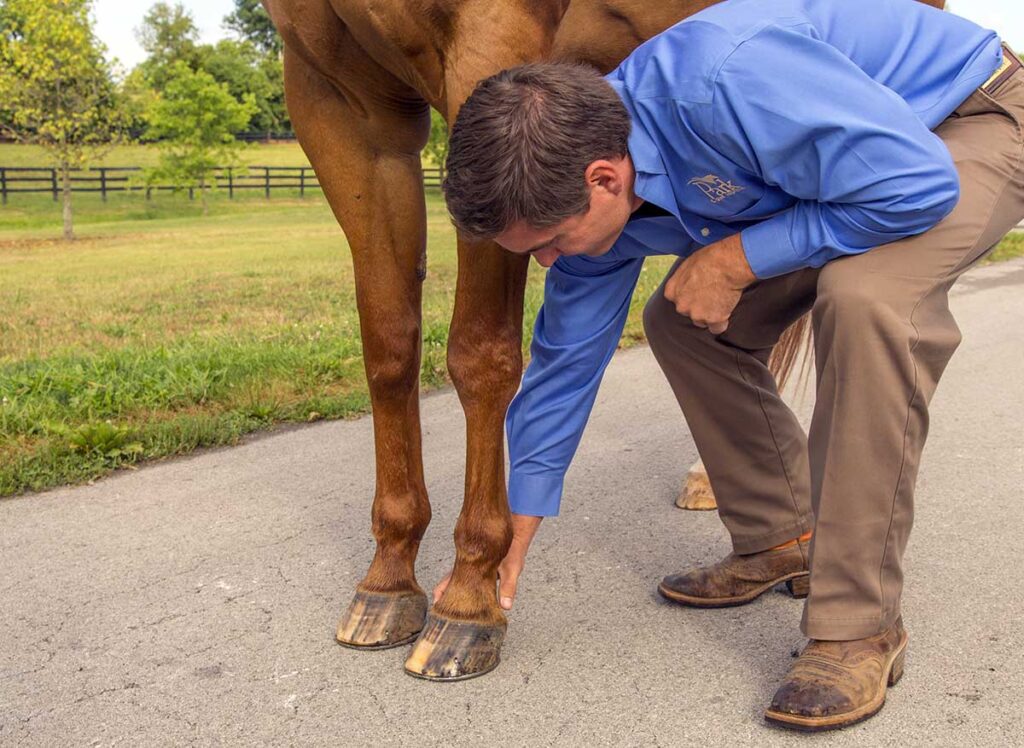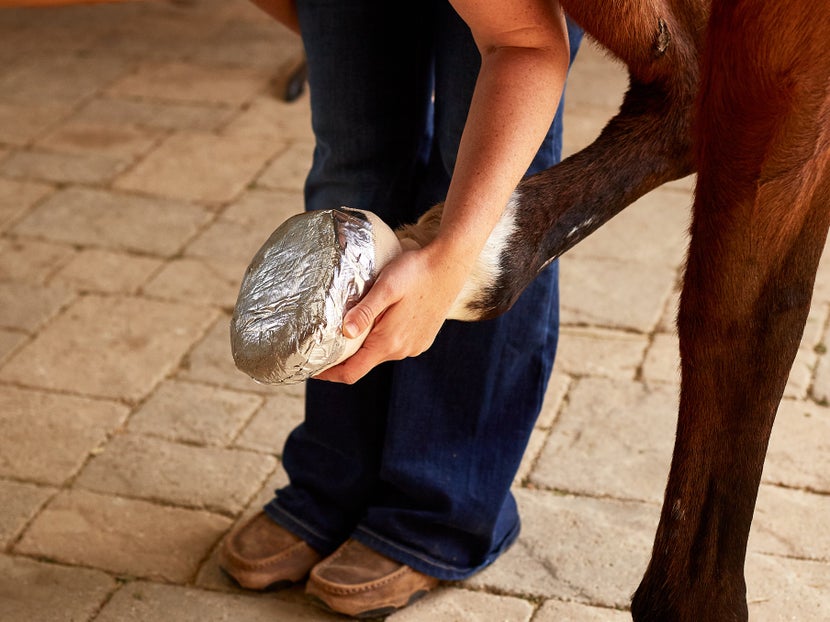An abscess in a horse’s hoof can be a cause of significant concern for any horse owner. Prompt understanding and treatment of this condition are essential for the well-being of your equine companion. In this article, we will delve into the details of healing an abscess in a horse’s hoof, including the causes, treatments, and the expected healing time.

Understanding Hoof Abscesses
What is a Hoof Abscess?
A hoof abscess is a localized infection within the horse’s hoof, often resulting in a painful, pus-filled cavity. The primary signs of an abscess include sudden lameness, heat, and swelling in the affected limb. If left untreated, it can severely affect the horse’s mobility and overall health.

Causes of Hoof Abscesses
Common Causes
- Poor hoof hygiene
- Penetrating injuries
- Foreign objects
- Improper farriery
Environmental Factors
Mud, moisture, and unsanitary conditions contribute significantly to the formation of abscesses. Keeping the horse’s living environment clean and dry can go a long way in preventing hoof problems.

Symptoms to Watch For
Signs of an Abscess
Key symptoms include:
- Sudden, severe lameness
- Heat in the hoof
- Swelling of the limb
- Reluctance to bear weight
Treating a Hoof Abscess
Initial Steps
Immediate treatment should involve cleaning the hoof thoroughly and identifying the affected area. Consulting with a vet or farrier is crucial for a proper diagnosis and treatment plan.
Poulticing and Soaking
Using a poultice and soaking the hoof in warm water and Epsom salts can help draw out the infection. Regular treatment can speed up healing and provide relief to the horse.
Veterinary Intervention
When to Call the Vet
If symptoms persist beyond a couple of days, or if the abscess worsens, professional veterinary intervention is necessary for more advanced treatment options.
Expected Healing Time
Factors Affecting Healing
The healing time for a hoof abscess can vary based on several factors, including the severity of the infection, the horse’s overall health, and the effectiveness of the treatment provided. Generally, it can take anywhere from a few days to a few weeks for a hoof abscess to completely heal. Timely intervention and appropriate care are crucial for a quicker recovery.
Preventative Measures
Maintaining Hoof Hygiene
Regular cleaning and inspection of the horses hooves can prevent abscesses. Farriery and keeping hoofs balanced and properly trimmed are essential contributing factors.
Environment Management
Keeping the horse’s environment clean and properly managed can significantly reduce the risk of hoof abscesses. Ensuring good drainage in the living area and minimizing exposure to wet, muddy conditions are important.
Feeding and Nutrition
Providing a balanced diet rich in essential nutrients supports overall hoof health. Supplements like biotin, methionine, and zinc can promote stronger, healthier hooves.
Home Care Tips
Monitoring Progress
Keeping an eye on the horses progress during healing is essential. Regularly checking the hoof for signs of improvement or worsening is key to ensuring recovery is on track.
Poultice Preparation
Knowing how to prepare and apply a poultice correctly can make a big difference in the treatment process. Useful resources on this can be found here.
Conclusion
Ensuring a Swift Recovery
Understanding the ins and outs of treating a hoof abscess can make all the difference for your horse. Prompt diagnosis, effective treatment, and vigilant care are key to ensuring a swift and smooth recovery.
As an Amazon Associate, I earn from qualifying purchases.
FAQs
- How long does an abscess usually take to heal? Healing time can vary, but typically it takes a few days to a few weeks, depending on the severity and treatment.
- Can I treat a hoof abscess at home? Yes, initial treatment like soaking and poulticing can be done at home, but consulting with a vet or farrier is advisable.
- What are the signs that my horse might have a hoof abscess? Sudden lameness, heat, and swelling in the hoof are common signs of a hoof abscess.
For more in-depth information about hoof health, visit USEF.
